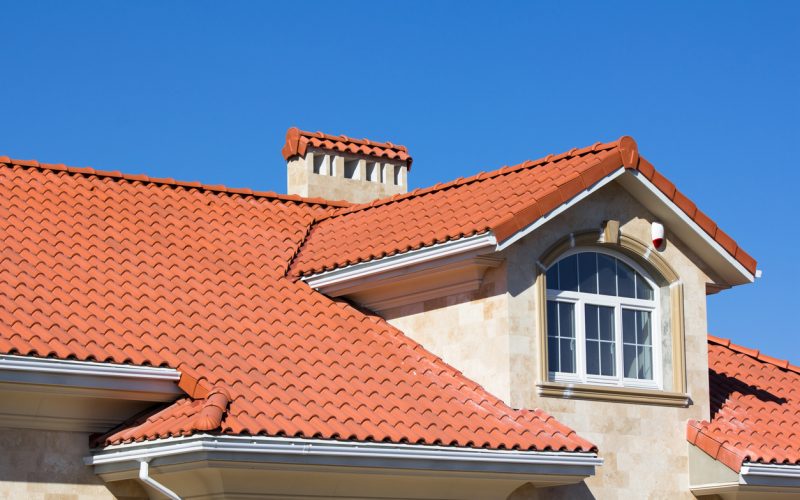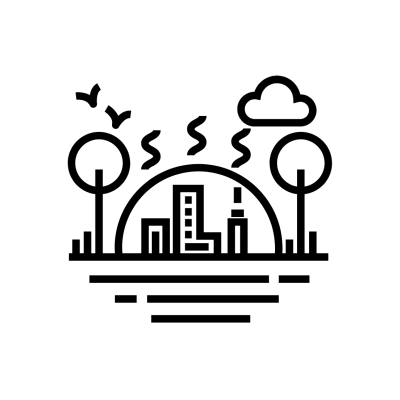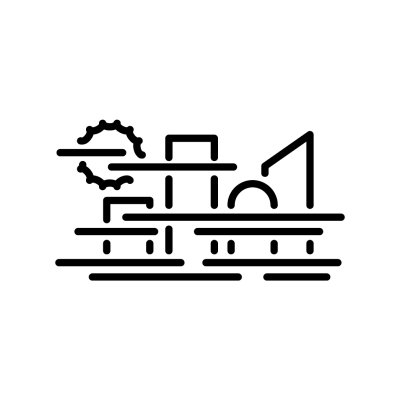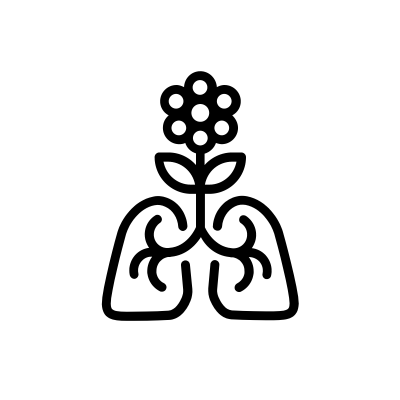For Home and Building Owners
Cool Surfaces Video
The below video provides core instruction on the topics of urban heat islands, surface radiative properties, and cool roofs and cool exterior walls. The video is included in the Cool Surfaces Lesson Plan curriculum.
To view the video on YouTube or watch in full screen, click the YouTube logo at the bottom right of the video.
Understanding the Solar Reflectance Index: A Calculated Value
Provides general information about how Solar Reflectance Index (SRI) is calculated and interpreted.
What is a High-Performance Roof System? Nonresidential Buildings with Low-Sloped Roofs
Provides an overview of high-performance roof systems and their impacts.
CRRC Urban Heat Island Mitigation
Provides general information about how cool roofs and walls help mitigate the impacts of the urban heat island effect.
Learn About Cool Roofs and Walls: Information for End Users
Provides an overview of the impacts of cool roofs and walls and how to use the CRRC Rated Products Directories.
Harnessing the Mutual Benefits of Cool Roofs + Rooftop PV
Identifies how cool roofs and rooftop solar photovoltaics (solar panels) can be used together to enhance the benefits of both.
Radiative Property Metrics
CRRC product ratings are based on two radiative surface properties: solar reflectance and thermal emittance.
Solar Reflectance is the fraction of solar energy that is reflected by the roof or wall’s surface.
Thermal Emittance is a measurement of how well a material can shed the heat it absorbs. Materials with a low emissivity will tend to retain heat. Imagine a metal wrench left in the sun; it will be hot to the touch due to its low emissivity. Emissivity and color are not directly correlated.
These two properties can be used to calculate the Solar Reflectance Index (SRI) of roofing products in accordance with ASTM E1980.
The solar reflectance and thermal emittance values are used to calculate the steady-state temperature of the product in comparison to a reference black surface and reference white surface
The SRI values range from 0 to 100, though a black surface with very low reflectance and emittance could score in the negatives while a very reflective and emissive white might score over 100
It is important to note that SRI is a calculated value, not a measured value, and is a convenient way to combine solar reflectance and thermal emittance into one value
Lawrence Berkeley National Laboratory developed an Excel tool that calculates SRI
General Roofing Information
Roof Slopes
All roofs essentially fall into one of two general categories:

Low-slope
Low-slope (less than 2 inches of rise over 12 inches of run (2:12)). Low-sloped roofs are commonly found on commercial buildings, but also can be found on single family homes and low-rise multifamily buildings (e.g., apartment buildings that are three stories or less). These roofs are referred to as “flat” roofs. Visit Low-Slope Roofing Product Types for more information.

Steep-slope
Steep-slope (greater than or equal to 2 inches of rise over 12 inches of run (2:12)). Steep-sloped roofs are commonly found on single family homes, but also include some multifamily and commercial buildings. These roofs are sometimes referred to as “pitched” roofs. Visit Steep-Slope Roofing Product Types for more information.
Roofing Product Types
Roofing products are generally categorized as shown below.
General Category | Subcategories |
Asphalt Shingle | Asphalt shingle |
Asphaltic Membrane | Modified Bitumen, Built-Up Roof |
Coating | Silicone, Acrylic, Polyurethane, Aluminum, SEBS, Urethane, Latex |
Liquid-Applied Roof Covering | Silicone |
Foam | Foam Core Tile |
Metal | Standing seam; Shingle, Tile, or Slate Facsimile |
Polymer/Composite | Shingle, Shake |
Single-Ply Membrane | PVC, KEE, TPO, EDPM, Hypalon |
Stone/Rock | Aggregate, Slate |
Tile | Clay, Concrete |
Wood | Cedar shingle |
Search for roofing products by type on the CRRC Rated Roof Products Directory.
Product Types Currently Not Included in the CRRC Rating Program:
Ballasted Roofs: Ballasted roofs are roofing systems that include a waterproof material (like a single-ply membrane) weighed down with heavy materials called a ballast. The ballast is typically some sort of stone or concrete paver.
Green Roofs: Green roofs (also known as garden roofs or vegetated roofs) use plants as a roof covering. Though typically not highly reflective, green roofs can stay cool by evaporating water. They can also reduce stormwater runoff. Green roofs are distinct from cool roofs and are not rated by the CRRC.
Cool Roof And Wall Energy Savings
A highly-reflective roof can significantly reduce a building's cooling load (energy use) in many climates. However, it may also increase the building’s heating demand in winter months. This increase is usually greatly outweighed by the cooling energy savings achieved during summer months for all but the most northern climate zones in the U.S. Visit End User FAQs for more information.
In selecting a roofing product, it is important to understand your climate zone and the actual energy your home or building will save. The U.S. Department of Energy provides a free online cool roof calculator that can give an estimate of how much energy you will save. Please note that this calculator is only for low-slope (flat) roofs: DOE Cool Roof Calculator.
To help determine the energy savings of a cool roof, the below Cool Roof Energy Savings document provides an overview of some of the primary factors that influence cool-roof energy savings and identify resources available to learn more. Additionally, the below Cool Exterior Wall Potential Energy Savings document explores the potential annual cost savings with cool exterior walls.
Cool Roof Energy Savings Brochure
Cool Exterior Wall Potential Energy Savings
Cool Surface Savings Explorer is a database tool that can report the cool exterior wall and cool roof energy, energy cost, peak power demand, and emission savings simulated for many building categories. Instructions on how to use the Explorer tool and a link to the downloadable tool can be found in the California Energy Commission report, “Solar-Reflective “Cool” Walls: Benefits, Technologies, and Implementation, Appendix P: Cool Wall Applications.”
How do I get a Cool Roof or Cool Exterior Wall?
As an independent and unbiased organization, the CRRC doesn’t recommend specific products or manufacturers. The links below can help you find a roofing contractor in your area. Talk to your contractor about which “cool” products they offer, and look them up on the Rated Roof Products Directory and the Rated Wall Products Directory. If you have questions about navigating the Directory, please see the CRRC Rated Products Directory User Guide.
Find Contractors In Your Area
Florida Roofing and Sheet Metal Contractors Association
International Institute of Building Enclosure Consultants
Midwest Roofing Contractors Association
National Roofing Contractors Association
North Eastern Roofing Contractors Association
The Associated Roofing Contractors of Oregon and SW Washington
Tile Roofing Industry Alliance
Vinyl Roofing Division of the Chemical Fabrics and Film Association









